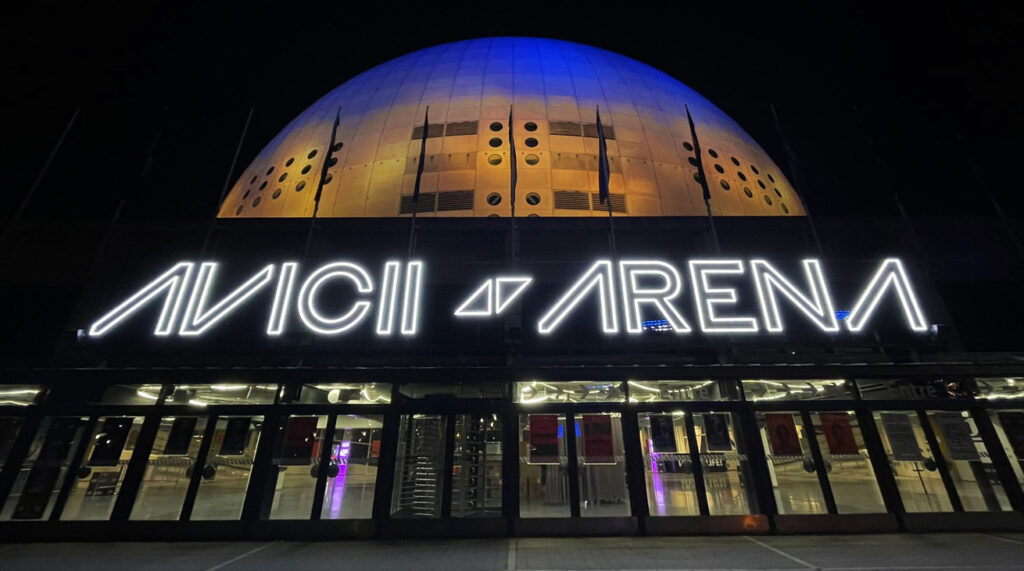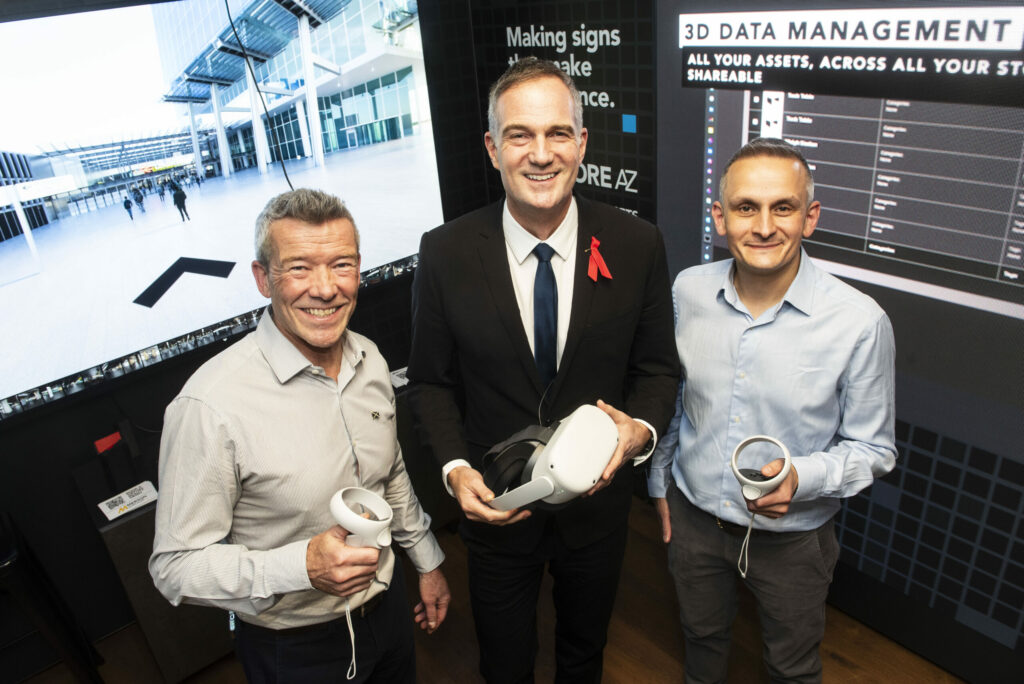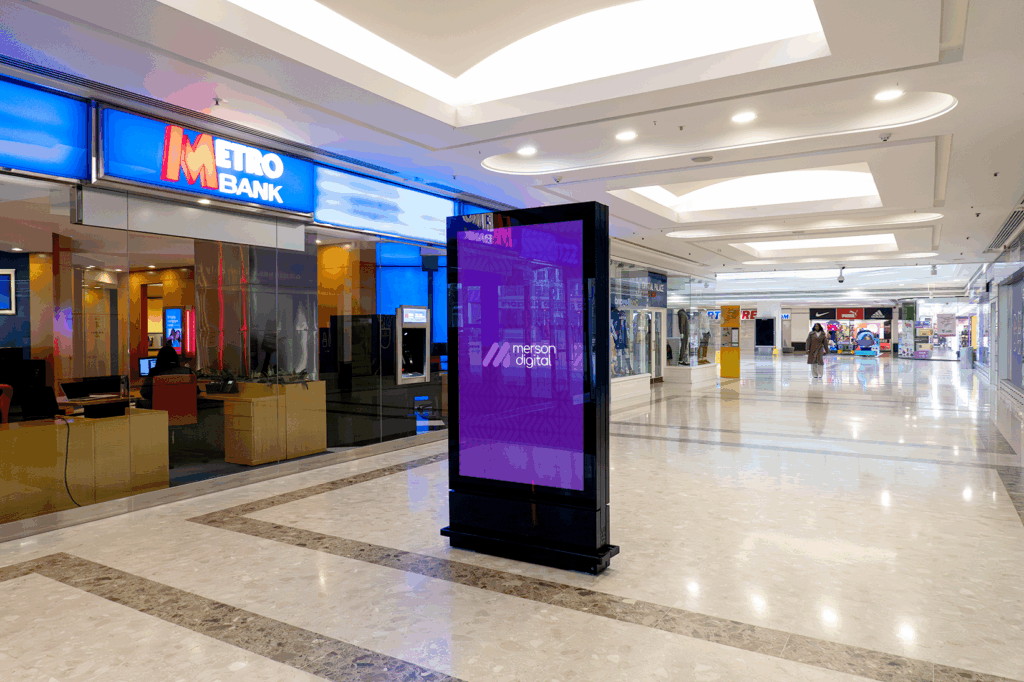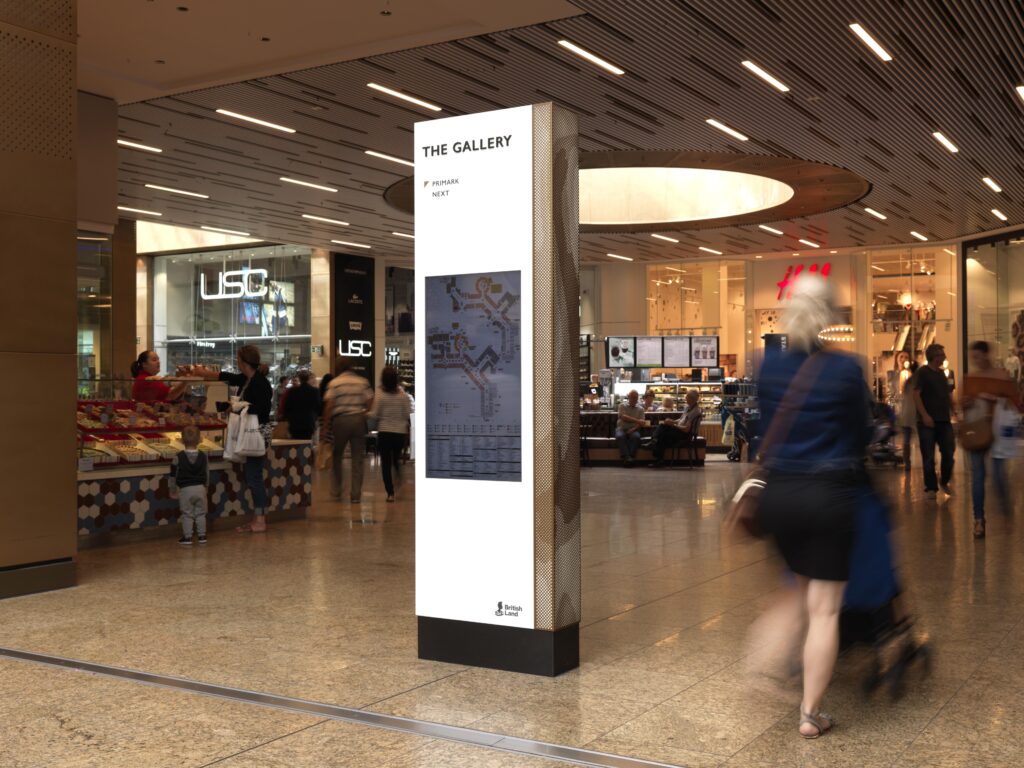
By Georgia Evans
The Changing Face of Airport Design & Wayfinding
Once a mode of travel reserved for a select few, the number of passengers jetting off by plane continues to grow exponentially. On an average day, around 300,000 passengers pass through the Hartsfield-Jackson Atlanta International Airport, the busiest airport in the world. With so many passengers heading for the skies, airports face the ever-increasing challenge of getting everyone exactly where they need to be.
From the moment they step into the departure terminal to the second they take their seat on the plane, passengers have been funnelled through numerous spaces, checkpoints – and sometimes even onto other modes of transport – using strategically designed signage. In this post, we’ll take a look at how airport design has changed over time, and how modern airports are using skies-the-limit technology to make navigating airports easier and more enjoyable.
Follow Me: Airport Wayfinding
Often formed of multiple terminals and levels, airports are sprawling hubs of activity that can prove difficult to navigate. Even the most frequent flyers have experienced the panic of trying to locate check-in desks and departure gates in unfamiliar airports.
Therefore, for as long as airports have welcomed passengers, wayfinding has been a vital component of signage. In the early days of commercial flying, an airport’s wayfinding strategy would rely solely on static or printed signage. The design and structure of this signage was largely influenced by the airlines serving it, and there weren’t even standardised terms for the places we now know as ‘boarding gates’ or ‘baggage reclaim’.
As affordable air travel opened up the world to more people, airports inevitably got bigger. This presented new challenges for wayfinding signage, and the terms used to indicate different areas at airports became uniform. Airport signage changed from being attention-grabbing or aesthetically interesting to purely functional, bestowed with the monumental task of controlling a continuous flow of people making very different journeys.
A so-called ‘Schiphol Standard’ was born when, in 1967, the newly expanded Amsterdam Schiphol airport created the first colour-coded sign system with a ‘passenger first’ goal in mind. It visually classified types of information by colour and later added pictograms to reduce passenger confusion.
We now see these same colour-coded systems and familiar symbols in airports across the world. That’s because, in 1982, the Airport Signing and Graphics Task Force was created to ratify a system of standards for aviation and signage; a system that continues to provide best-practice guidance to airports today.
Now, advancements in geolocation technology mean that airports can provide increasingly customised and targeted wayfinding information to passengers. Through digital displays, kiosks and panels, passengers can get their hands on real-time data and interactive maps to help them navigate airports, locate the nearest bars and restaurants, locate the fastest security queues and reach their gate with maximum efficiency. In the latest update to airport wayfinding, guiding robots are starting to pop up in terminals around the world. Equipped with artificial intelligence and facial recognition capabilities, the machines are the new frontier of airport wayfinding. Among the first adopters were Incheon International Airport, which trialled using wayfinding robots back in 2017. Following suit, Munich airport recently teamed up with Lufthansa to trial a humanoid robot to direct people to their gate and answer questions about restaurants and shops.
Delivering Flight Information
For as long commercial flights have existed, the departures and arrivals boards have been the nerve centres of airports. Anyone who flew frequently in the 1970s will remember the iconic whir, spin and flap of airport’s split-flap signage. Hundreds of letters and figures rotated on giant boards to announce flight arrivals and departures in airports across the world.
Now, aside from the final few remaining solari boards giving airports a nostalgic sound of a bygone era of air travel, most airports have switched to using digital signage. This allows airports to seamlessly deliver the up-to-the-minute, ever-changing flight information that passengers need to make it to the correct departure gate on time. Whilst boards may have gone digital, the fonts and colours used to deliver flight information have remained simple and iconic. The overriding aim of such signs is to provide flight information clearly and efficiently, so that passengers can get the information they need before moving on quickly, avoiding bottlenecks in foot-traffic flow. Digital signage is so powerful precisely because it can move and adapt at lightning speed. In order to provide information in multiple languages, Prague Airport has installed multilingual digital signage systems in one of its terminals.
Able to display departure and arrival information in six languages – English, Czech, Arabic, Russian, Korean and Chinese – the selected language will change depending on passenger movement, using information such as where they’re flying from and their destination.
Merson and Heathrow: The Signing Project of the Century
Merson Group implemented the largest UK airport signing project this century when we successfully designed, manufactured and installed the entire signage package for Heathrow’s Terminal 5. With such a huge-scale project, our primary aim was to design a cohesive signage system that could be easily picked out against all the visual noise created by retailers, advertising, and food & beverage providers. From digital departure boards to static wayfinding signs to dynamic passenger information totems, we used strategic signage and cutting-edge digital technology to successfully optimise each stage of the airport journey. The result? A complex wayfinding system that helps Heathrow passengers jet off with ease.
Airport Signage With Merson Group
Airport signage is part of Merson’s DNA. As well as completing the largest signing project this century at Heathrow Terminal 5, our aviation signs also guide the way at Gatwick, Stansted, Liverpool, Doncaster, Glasgow and Aberdeen airports. We hold the necessary Airside Insurance cover to permit staff to work in all areas of any UK airport. Vitally, we understand the importance of security in an airport setting and are well-versed in obtaining and maintaining passes for staff access. Our in-house manufacturing team are experts in creating signage that guides the way in terminal buildings, concourses, and for airside and landside zones. At the cutting edge of digital technology, our digital airport signs give travellers immersive experiences and real-time information. From FID walls to wall-integrated screens at boarding gates, we can use digital to help passengers get where they need to be with ease. Using virtual reality, clients can see how signage will look and function, saving significant time and cost in the development process



















